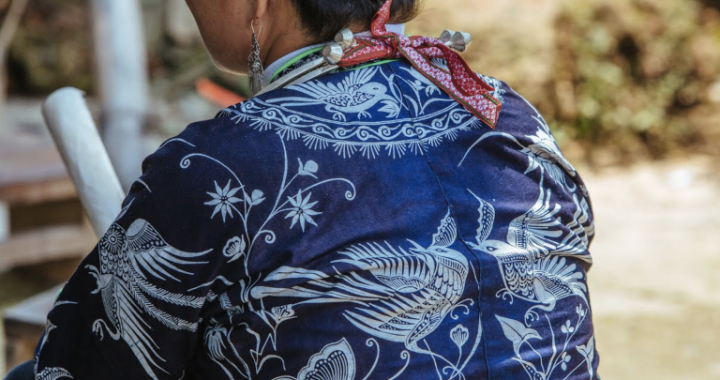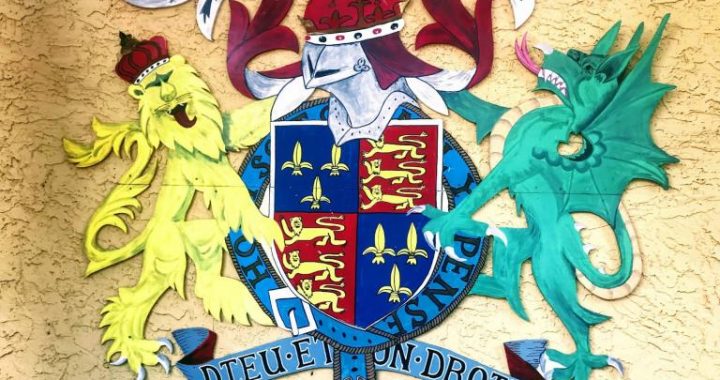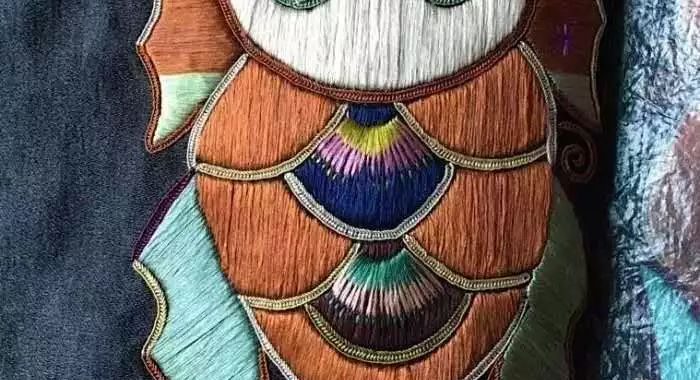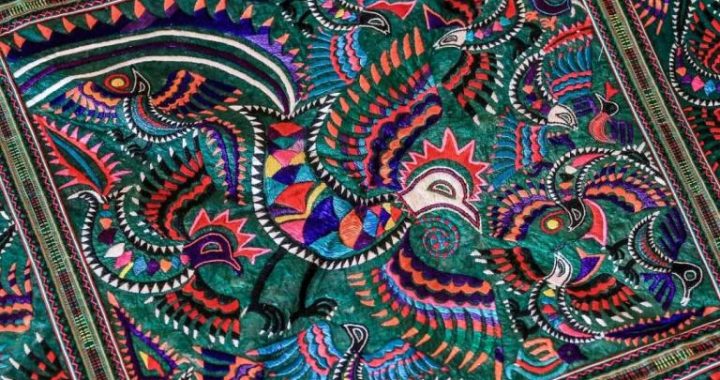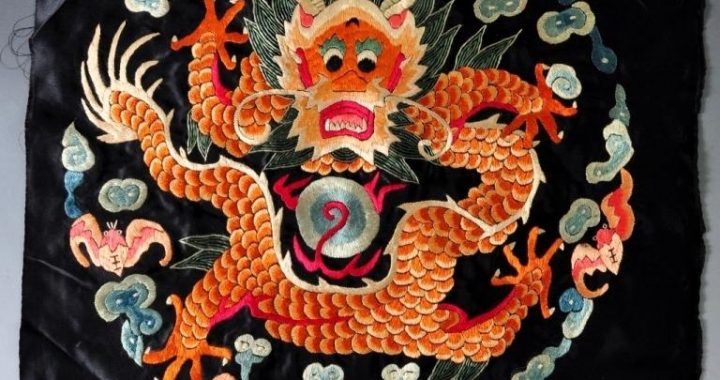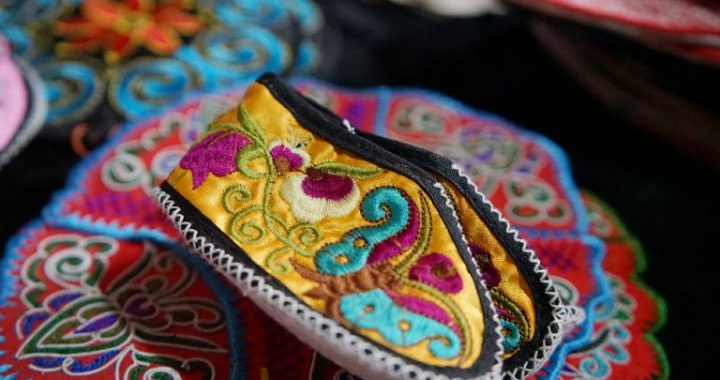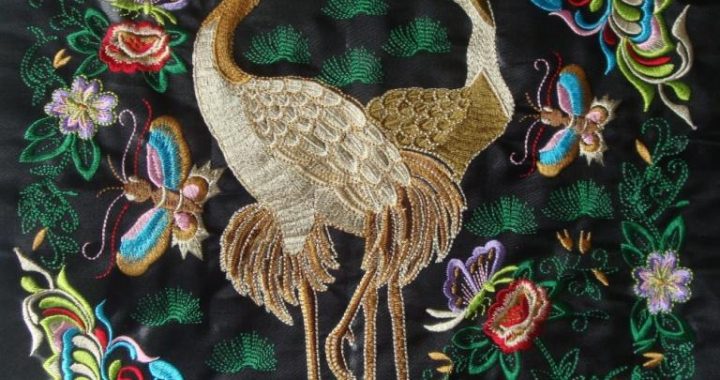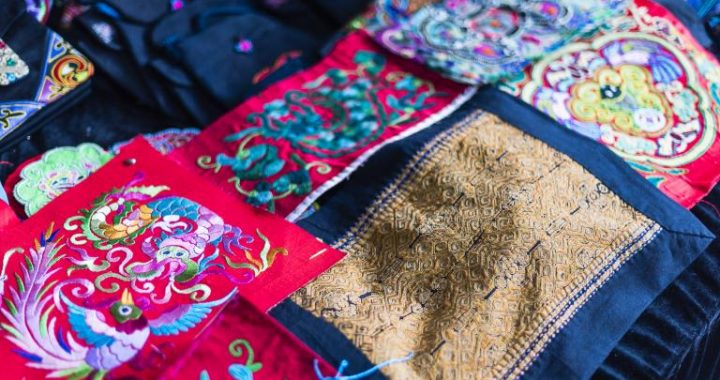Deqing sketch of Huzhou
5 min readLocated on the western part of Hang-Jia-Hu plain in the Yangtze River Delta, Deqing now has 9 towns,2 townships and 166 administrative villages under its jurisdiction. The total area of the county covers 936 square kilometers, with a population of 500,000 now. Tai Lake lies to its north and Tianmu Mountain rises up to its west. Hangzhou and Shanghai are separately situated to the south and the east of the county. It is composed of 50 percent mountains,10 percent water and 40 percent fields. Deqing has earned many titles such as”Place of Tea and Bamboo”,”Home of Silk”,”Land of Fish and Rice”,”Hometown of Flourishing Culture”, and “The Most Famous Mountain in China”.
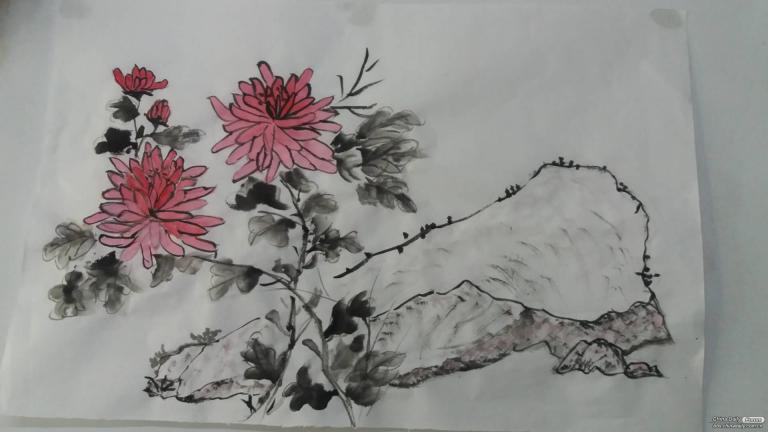
With the development of transportation in Deqing, it has very convenient transport facilities. As a regional hub of roadways in this area, the Hangzhou-Ningbo Expressway, No.104 National Highway, No.09 Provincial Highway, Xuanzhou-Hangzhou Railway, and Jing-Hang Grand Canal run through the whole county. It takes only more than half an hour by bus from Deqing to Hangzhou, about one hour to Huzhou. Shanghai-Jiaxing-Huzhou Expressway runs through the middle of the eastern district of the county. The high-speed railway between Hangzhou and Nanjing, which runs across the county from the north to the south, has been set up and it will be put into operation soon.
Deqing County has a long history of more than 1,800 years. It is recorded that the first County town was located at Wukang in 222. In 691, Wuyuan County was established, which occupied the eastern area of Wukang. In 742 the name of Wuyuan was changed to Deqing with the meaning of being a land of moral integrity and clearness. In 1958, the two counties above were combined into one, and generally known as Deqing.
The administrative center was located in Chengguan Town. In 1994, the County town was moved to Wukang again. Deqing belongs to one of the birthplaces of Liangzhu Civilization with 5,000 years. It is also the hometown of the Culture of Ancient Fangfeng State. Many historical relics, cultural imprints and legends are left here. Xinshi is another important ancient town in the County with a long history and profound folk culture, and it lies in the east of Deqing. Because of its prosperous economy, the town enjoys the title”Little Shanghai”. Xinshi was once called Xiantan in ancient times. The town is similar to Nanxun Town in Nanxun District, but the layout of the town has its own characteristics. The town is divided into 18parts by rivers and lakes, and these parts are linked up together bybridges and alleys. According to the records of the town, there were 36 unique alleys and 72 stone bridges. Those alleys and bridges in the townwent vertically and horizontally and formed a network. Old streets, stone bridges, and the houses with white-washed walls and dark green tiles constitute an unsophisticated folk style and transform Xinshi into a historical town with poetic flavour. Xinshi began to take its shape before the Jin Dynasty. The long history left it the glorious culture and the rich tourist resources. The small town had so many alleys and bridges during its flourishing years, even now 11 bridges are kept intact. Among them Taiping Bridge and Zhuangyuan Bridge are most famous. Taiping Bridge is a single-arch stone bridge over Xiaoxi River, which was built duringthe Song Dynasty and repaired during the Ming and Qing Dynasties. It is customary for a bride and a bridegroom to pass across Taiping Bridge at the wedding date in order to be blessed with peace and luck in their coming days. Zhuangyuan Bridge is located in the north of the town. Its name is derived from a local candidate named Wu Qian who headed the successful candidates at an imperial examination during the Song Dynasty, and was honoured with Number One Scholar. Because of the name of the bridge with the implication of the best achievement in an examination, people believe the bridge would bring luck for candidates. They come to the bridge for praying good achievements before going for an examination. Additionally, Zhonglou Alley(Bell Tower Alley) is also worthy of seeing. The typical narrow passage has an air of great antiquity. The length of the passage is 180 meters, but the width is only 1.7 meters. It fully presents the exquisite and graceful character of a small town in southern China.
Green mountains and clear water contribute to the natural and beautiful scenery, and cultivate a large number of celebrities in the long history of Deqing. Shen Yue, the famous writer of the Southern Dynasty; Meng Jiao, the well-known poet of the Tang Dynasty; Guan Daosheng, the female calligrapher and painter of the Yuan Dynasty; Yu Pingbo, the academic writer and scholar, who was also one of founders of the new school of studying “Dream of the Red Mansion”; and many other famous persons left much valuable spiritual wealth that added lustre to Deqing.

As is well-known to all, there are many unique sights within the boundaries of the County. Located in the west of Deqing, Mogan Mountain is one of four famous summer resorts in China with the reputation of the top mountain in the southern region of Yangtze River. Xiazhu Lake Wetland lies in the center of the County covering an area of 50 square kilometers. It is the largest tract of wetland in Yangtze River Delta, and the hometown of Ancient Fangfeng State. Jing-Hang Grand Canal flows across the County, which is ranked as one of the greatest projects as the Great Wall in ancient China. It becomes one of the longest (about 1,794 kilometers) and the oldest canals(over 2,500 years) in the world. Mogan Lake, also known as the North Lake of Zhejiang Province, lies not far from the foot of Mogan Mountain. It just matches the other three most famous lakes in its own province, namely the West Lake of Hangzhou, the East Lake of Shaoxing and the South Lake of Jiaxing.
The climate of Deqing belongs to the moist monsoon in the subtropical zone with four distinct seasons. The annual average temperature is 13-16℃. January is the coldest month with the average temperature of 3.5℃, and the hottest month is July with the average temperature of 28.5℃. The yearly average rainfall is about 1,379 mm. The frost-free period reaches 220 to 236 days in a year. It is rainy from March to June every year, and the dominant wind blows by east. May and June are generally the period of plum rains in the middle and lower of the Yangtze River Reaches. The climate of July is often taken by subtropical high pressure, and the weather is dry heat and the southeastern wind prevails. In August and September, tropical windstorms sometimes go across its territory. October has a clear sky with little rains, and the air is bracing. From November to February of next year, it is cold and chilly with the prevailing northwesterly wind.
In recent years, Deqing is awarded with many advanced decorations in the fields of social ethics, scientific research, cultural education, and ecological environment. It warmly welcomes tourists from all directions to share its beautiful sceneries and rustic charms.

